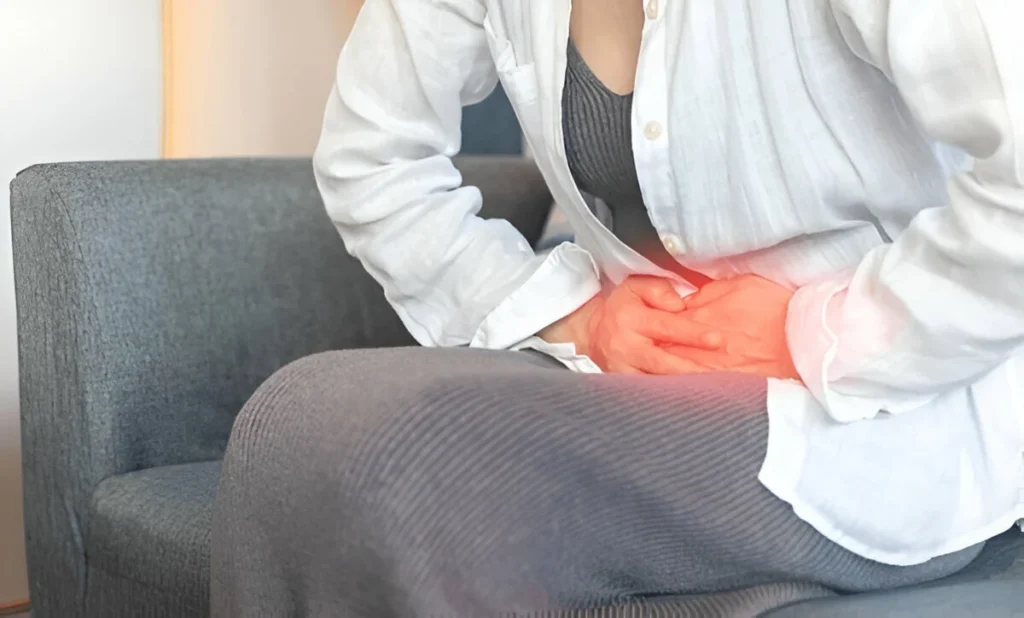-
Ganesh Talkies, Kolkata
Ganesh Talkies, Kolkata

Pelvic Pain in Women can stem from several causes—learn about the symptoms, when to seek help, and insights from a reputed gynecologist.
Pelvic pain is one of the most commonly misunderstood health concerns among women. Often dismissed as “normal period cramps” or mistaken for gastrointestinal issues, Pelvic Pain in Women can be a sign of something much deeper—sometimes chronic, sometimes urgent.
But how do you differentiate what’s typical from what’s a red flag?
This article offers a comprehensive breakdown of what pelvic pain means, possible underlying causes, and most importantly—what symptoms you shouldn’t ignore.
Women’s bodies are intricate systems, and pelvic pain isn’t always a standalone symptom. It often points to underlying conditions that could range from gynecological to musculoskeletal to gastrointestinal issues. The earlier you recognize these signs, the faster you can get the help you need.

Not all pelvic pain is created equal. Some types are dull and persistent; others are sharp and sudden. Here’s a breakdown of symptoms that should raise concern:
These symptoms may come alone or in combination. It’s important to track the duration, intensity, and frequency of pain and how it affects your daily life.
The reasons behind Pelvic Pain in Women vary widely depending on age, health history, and other symptoms. Some common causes include:
Understanding the root cause often requires thorough testing and evaluation by a trusted specialist.
If you experience any of the following, it’s time to consult a healthcare professional:
Even if the symptoms seem manageable, regular episodes of pelvic pain shouldn’t be overlooked. Early detection of underlying conditions like endometriosis or fibroids can prevent long-term complications.
When you visit a gynecologist for pelvic pain, the diagnostic process may include:
This process is designed to ensure nothing is missed. Your comfort and safety should be a priority throughout.

Treatment depends on the cause. Here are common approaches:
A customized treatment plan is always best, developed with the guidance of a professional, such as the best lady gynecologist in Kolkata who understands both the physical and emotional impacts of chronic pelvic pain.
Pain isn’t only physical—it impacts your mental health too. Long-term discomfort can lead to:
A supportive healthcare provider can address these aspects holistically.
Raising awareness about Pelvic Pain in Women is the first step toward empowering those affected. Many suffer in silence, believing it’s “just part of being a woman.” But pain is not normal—especially if it interferes with your everyday activities.
Encourage yourself and others to speak up, track symptoms, and seek timely advice. A trusted gynecologist can help you understand whether your pain is hormonal, structural, or something else entirely.

Q1. Is pelvic pain during menstruation normal?
Mild discomfort is common, but intense or worsening pain may signal a deeper issue like endometriosis or fibroids.
Q2. Can stress cause pelvic pain?
Yes. Stress can lead to muscle tension and exacerbate pelvic floor dysfunction.
Q3. Should I see a gynecologist for pelvic pain?
Absolutely. A gynecologist specializes in reproductive health and can accurately diagnose the root cause.
Q4. Is pelvic pain a sign of cancer?
While rare, persistent pelvic pain can be linked to gynecologic cancers and should be investigated thoroughly.
Q5. Can lifestyle changes help?
Yes. Balanced nutrition, physical activity, and mental wellness all play a role in managing chronic pain.
Pelvic pain is not something to brush off or silently endure. It could be your body’s way of telling you something is off. Whether it’s endometriosis, fibroids, or another issue, early diagnosis and the right treatment plan make a world of difference.
Working with a compassionate and experienced expert ensures you receive not just treatment—but understanding and personalized care.